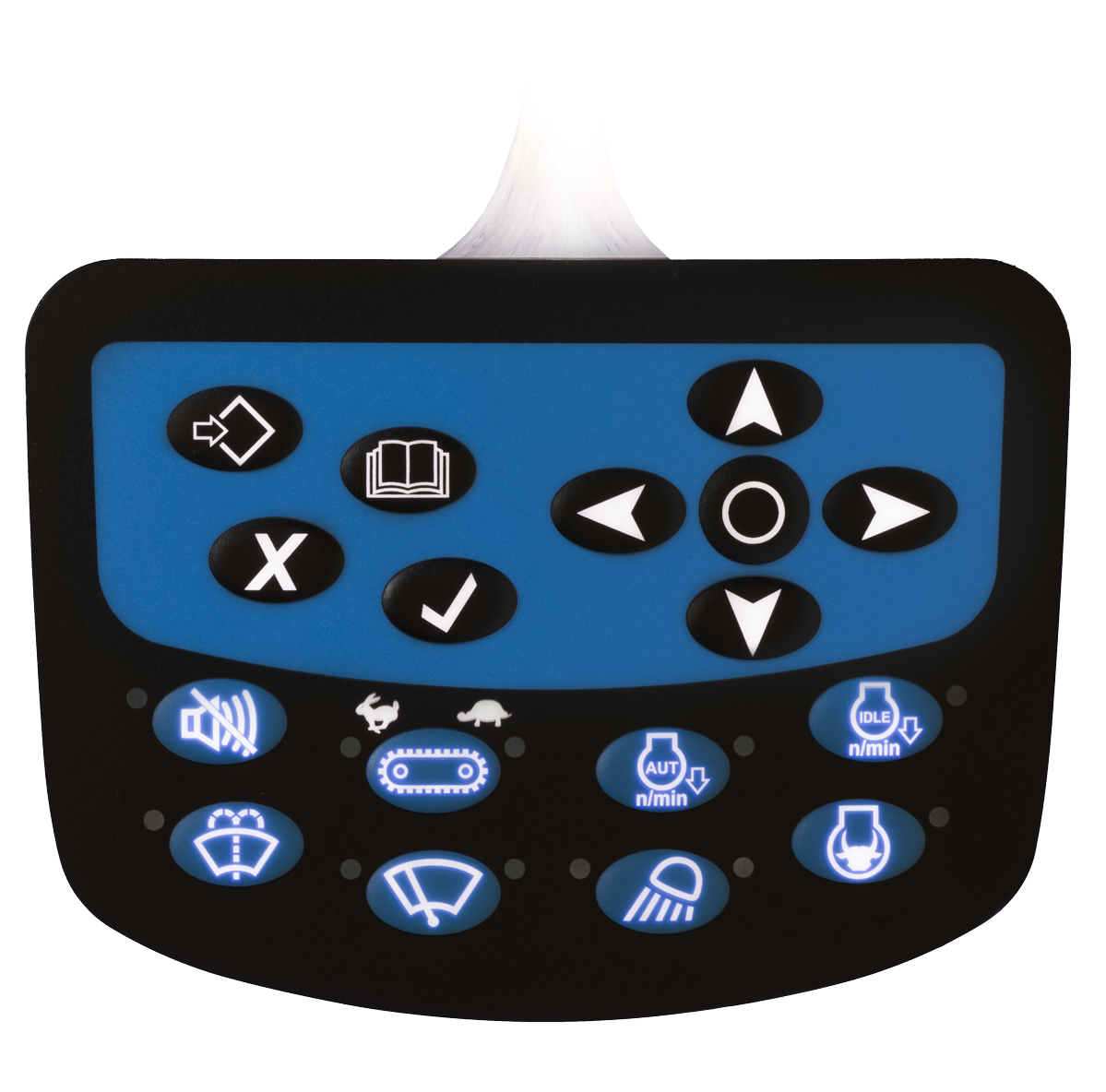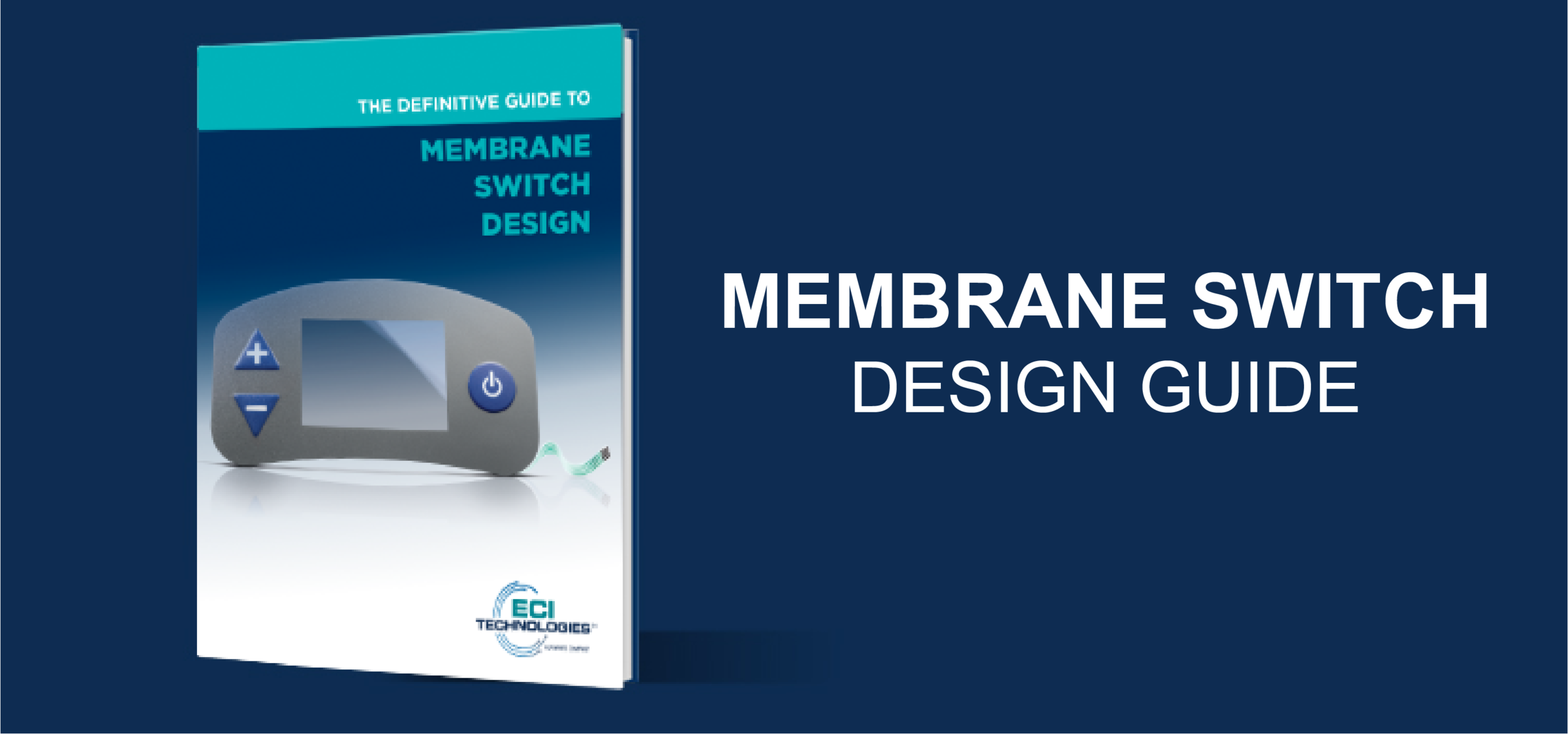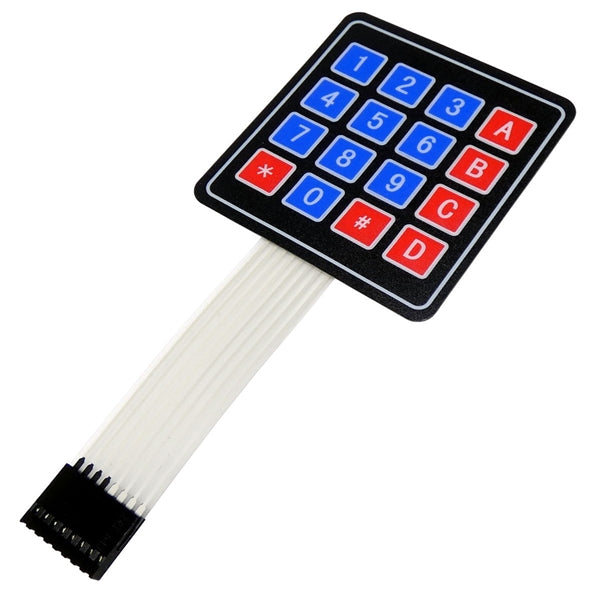Membrane Switches: The Best Choice for Compact and Reliable Controls
Membrane Switches: The Best Choice for Compact and Reliable Controls
Blog Article
Recognizing the Significance of Membrane Switches in Customer User Interfaces
Membrane switches are integral components in the design of effective customer interfaces, helping with not just functionality yet likewise enhancing aesthetic allure and user interaction. As we explore the different advantages and future fads connected with Membrane technology, it ends up being clear that these buttons are more than simply parts; they represent a convergence of advancement and practicality.
What Are Membrane Buttons?

The spacer layer, which includes adhesive residential properties, enables the separation of the circuit layer from the overlay, making certain that the button continues to be in a non-activated state until pressed. When pressure is related to the overlay, it compresses the spacer layer, connecting the gap and completing the circuit in the underlying layer. This design not only reduces the physical space needed for standard mechanical switches however additionally improves the sturdiness of the device, as Membrane switches are usually immune to dust, dampness, and other environmental aspects.
Commonly discovered in applications varying from consumer electronic devices to clinical gadgets, Membrane switches are essential to modern technology, giving a easy to use and efficient interface that lines up with contemporary style demands.
Advantages of Membrane Switches
While numerous switch technologies exist, Membrane Switches offer unique benefits that make them especially desirable in numerous applications. Among the key benefits of Membrane buttons is their compact layout, which permits space-saving applications in tools where genuine estate is limited. Their thin profile not just improves aesthetic appeal however likewise promotes lightweight construction.
Another significant benefit is their resistance to ecological aspects. Membrane switches are typically secured versus wetness, dirt, and impurities, making them suitable for use in demanding atmospheres, such as medical gadgets and industrial devices. This longevity extends the life expectancy of the switch, decreasing upkeep costs and improving reliability.
Furthermore, Membrane buttons can be tailored to fulfill details design requirements, incorporating unique graphics and shades that boost user interaction. Their tactile feedback choices can likewise be tailored to supply a gratifying user experience. Furthermore, Membrane switches are economical, especially in high-volume applications, as they can be created successfully.
Applications in Numerous Industries

In the customer electronics industry, Membrane buttons prevail in devices such as microwaves, washing devices, and remotes. Their responsive responses and visual alternatives enhance user experience while offering a sleek, modern appearance. Furthermore, automobile producers use Membrane buttons in dashboard controls and infotainment systems, where area is limited, and individual engagement is critical.
Furthermore, the industrial field leverages Membrane buttons in control panels for machinery and tools, permitting user-friendly operation in frequently severe settings. Their resistance to chemicals and moisture guarantees long life and reliability in these applications. Overall, the adaptability of Membrane Switches adds dramatically to their widespread usage, making them indispensable in numerous technical domains.
Layout Considerations for Membrane Switches

When designing Membrane switches, several vital factors to consider should be thought about to guarantee optimum functionality and user experience. Firstly, the option of products is essential; picking sturdy, high-grade substrates can boost the switch's durability and resistance to environmental elements such as moisture and temperature variations.
Secondly, the design of the visuals overlay must focus on clearness and ease of use. Symbols and message should be clear, and the useful source layout ought to facilitate user-friendly communication (membrane switches). In addition, tactile responses is necessary; integrating next page a responsive dome or other mechanisms can enhance the individual experience by providing physical confirmation of activation
An additional important variable is the button's electrical efficiency. Designers have to ensure that the conductive traces are correctly designed to minimize resistance and prevent signal disturbance. This involves analyzing the required actuation pressure and making certain compatibility with the digital parts they will interface with.

Future Patterns in Membrane Innovation
As modern technology continues to breakthrough, Membrane buttons are poised to advance significantly, driven by developments in materials and producing strategies. One emerging pattern is the unification of sophisticated products, such as conductive inks click to find out more and adaptable substrates, which boost longevity and reduce the overall weight of Membrane buttons. These materials not only boost the responsive response yet additionally enable for the style of buttons that can endure harsher ecological conditions.
In addition, the combination of touch-sensitive modern technologies is changing traditional Membrane Switches right into even more interactive interface. Capacitive touch sensors embedded within Membrane switch panels can supply a more user-friendly and responsive user experience, aligning with the expanding demand for streamlined, modern-day designs in consumer electronic devices.
Additionally, innovations in printing methods, such as digital and 3D printing, make it possible for fast prototyping and customization of Membrane switches. This flexibility enables producers to react quicker to market demands and consumer choices.
Finally, sustainability is becoming a substantial focus, with makers exploring environmentally friendly materials and procedures. As these patterns unfold, the future of Membrane technology guarantees enhanced functionality, visual appeal, and ecological obligation, solidifying their duty in innovative customer interfaces throughout various sectors.
Conclusion
To conclude, Membrane Switches represent an essential part in the style of interface, incorporating performance with aesthetic adaptability. Their benefits, including longevity and resistance to ecological elements, make them suitable for varied applications across various markets. Moreover, thoughtful design factors to consider improve user communication and experience. As innovations in technology proceed, the development of Membrane buttons is anticipated to more improve user interfaces, driving technology and improving functionality in a progressively complex technical landscape.
Membrane buttons are important elements in the layout of effective individual interfaces, facilitating not only functionality however additionally enhancing aesthetic allure and user communication.Membrane Switches serve as an important component in numerous customer interfaces, promoting a seamless communication between customers and digital devices.While countless button technologies exist, Membrane Switches deal unique benefits that make them specifically desirable in various applications.In addition, Membrane switches can be customized to satisfy specific design demands, including distinct graphics and colors that boost user interaction.In final thought, Membrane Switches represent a vital part in the layout of individual interfaces, combining capability with visual flexibility.
Report this page